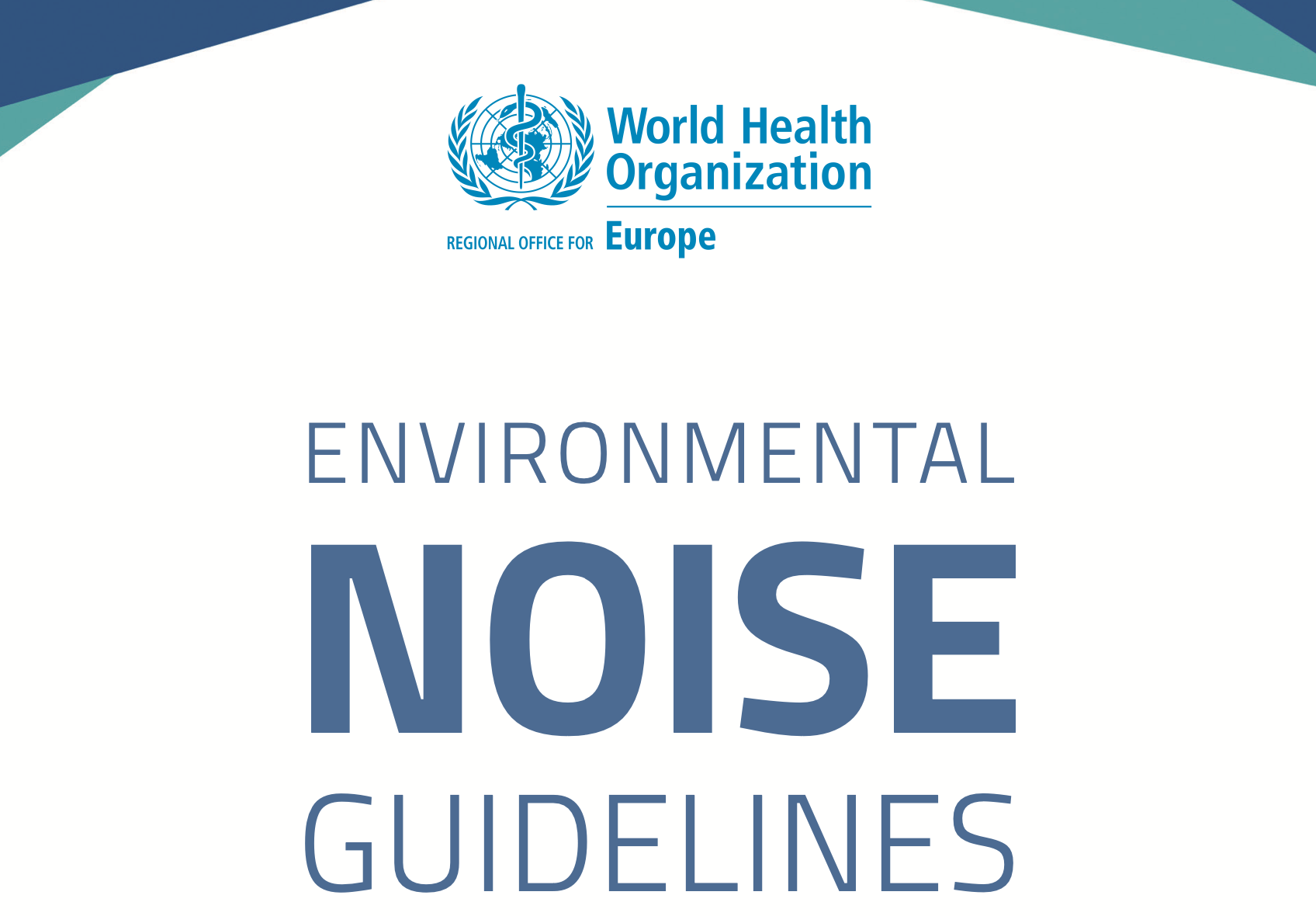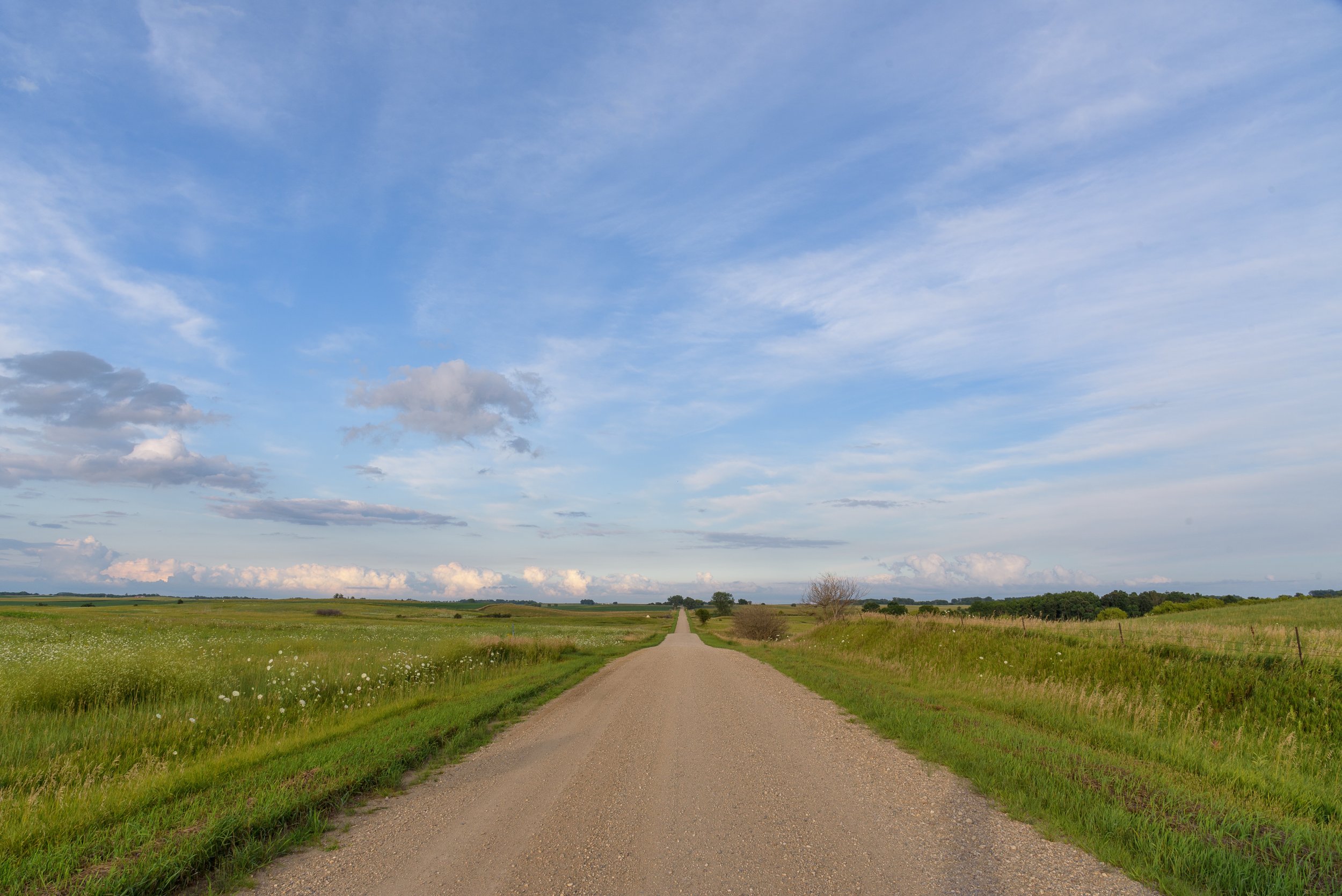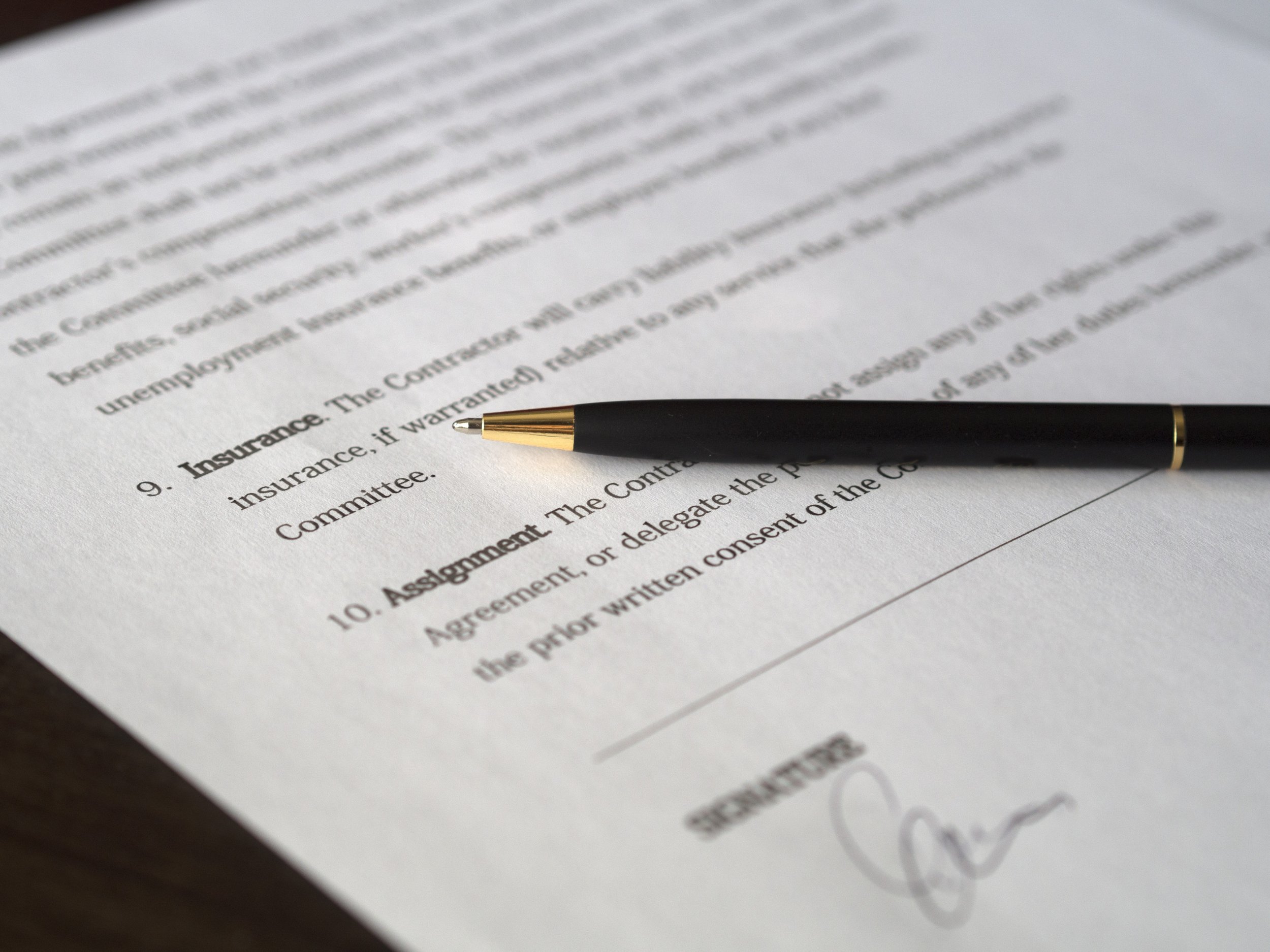Natl Assoc of Regulating Utility Commission (NARUC)
We propose 35 dBa at nighttime and 40 dBA daytime to avoid negative impact to persons living near industrial wind turbines. The county proposes 50 dBA at all hours which is equavalent to trying to sleep with a person having a conversation in your bedroom.
Ice throw: Sarlak and Sorensen
Sariak & Sorensen. Analysis of Throw distances of detached objects from horizontal-axis wind turbines
Blade Throws: Brouwer et all
Brouwer et all. Towards analyzing risk to public safety from wind turbines
Punch & James Article and Summary
Wind Turbine Noise and Human Health: A Four-Decade History of Evidence that Wind Turbines Pose Risks
Sound: WHO Night Noise Guidelines
World Health Organization and Nighttime Noise Guidelines for Europe: Section 3.4 Wind Turbine Noise: Recommend less than 40 dBA during sleeping hours.
WHO Environmental Noise Guidelines on Sound
The WHO guidelines for community noise recommend less than 30 dBa in bedrooms during the night and less than 35 dBa in classrooms.
Sound and Sleep Disturbance
Read this article on the 2010 Nissenbaum study of Maine wind energy projects that concluded that noise emissions of IWT disturbed sleep and caused daytime sleepiness and impaired mental health in residents living nearby.


















